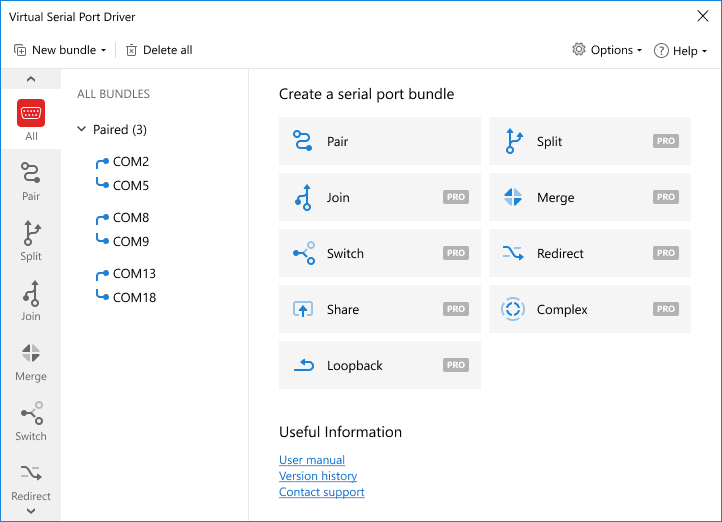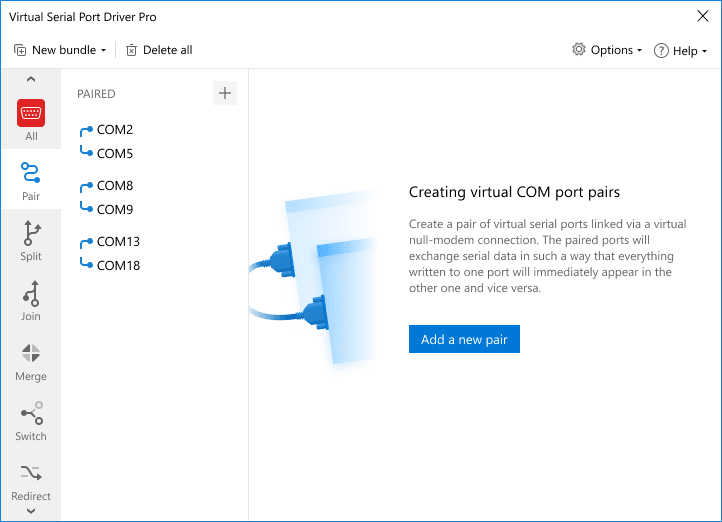- Rank 5 based on 367+ users
- Requirements: Windows 7/8/8.1/10/11 (32/64-bit), Windows Server 2012/2016/2019/2022, Windows on ARM . 6.55MB free space.
- Version 11.0.1068. (14 Nov, 2024). Release notes
Electronic Team, Inc. uses cookies to personalize your experience on our website. By continuing to use this site, you agree to our cookie policy. Click here to learn more.






